Hidden deep in Ha Giang’s wild mountains, Duong Thuong is one of those rare offbeat spots backpackers dream of finding. Away from the tourist flow, it blends raw landscapes, ethnic village life, and old French ruins perfect for travelers craving the real northern Vietnam experience.
1. Best Things to Do in Duong Thuong, Ha Giang
Duong Thuong may be less known than other Ha Giang destinations, but it holds treasures waiting to be discovered. The area combines dramatic karst landscapes with living history and vibrant ethnic traditions. Each stop reveals another layer of this fascinating region.
Let’s explore the most rewarding experiences in Duong Thuong:
1.1 Don Lung Ho Fort (French Fort)
Perched dramatically on a hilltop overlooking Duong Thuong valley, Don Lung Ho Fort stands as a silent witness to Vietnam’s complex colonial past. The stone fortress emerges from the landscape, its weather-worn walls contrasting with the lush greenery surrounding it. As you approach, the strategic significance of its location becomes immediately apparent.
1.1.1 History and Significance of Don Lung Ho Fort
Built in the early 20th century during French occupation, Don Lung Ho Fort served as a military outpost controlling northern trade routes and monitoring movement near the Chinese border. The fortification played a crucial role during regional conflicts, changing hands multiple times throughout its active years. Its thick stone walls, observation towers, and defensive positions reflect French military architecture adapted to the challenging mountain terrain.
The fort’s name derives from local dialect, with “Don” referring to a military post and “Lung Ho” describing its valley location. Today, the partially restored structure offers visitors a unique opportunity to step back in time. Walking through its corridors, you can almost hear echoes of the past as you imagine soldiers patrolling these remote highlands.
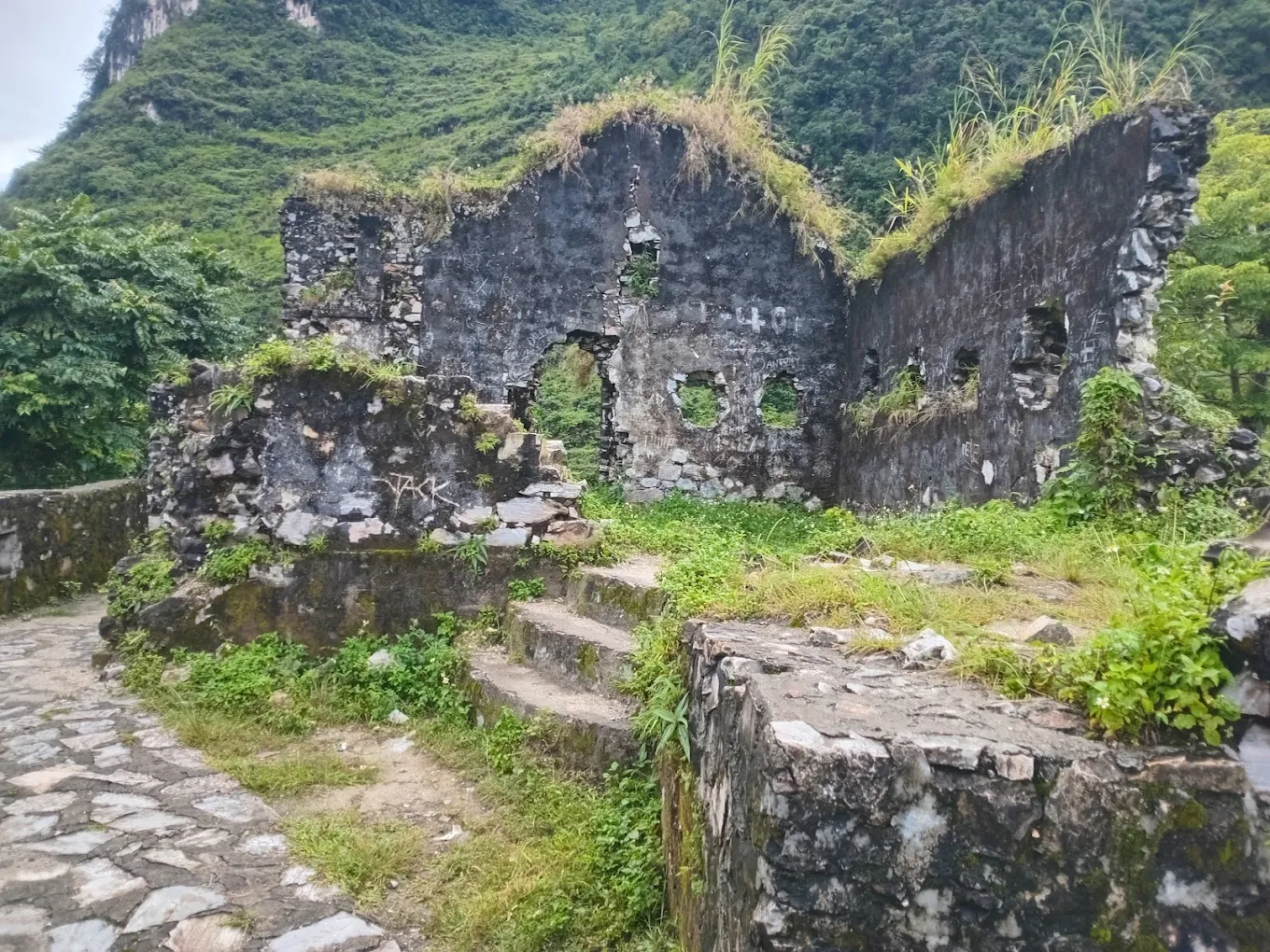
1.1.2 Visiting Tips and Access
The fort is accessible via a moderately steep path requiring approximately 15-20 minutes of hiking from the nearest road. Comfortable walking shoes are essential, especially after rain when the trail can become slippery. Early morning visits (before 10 am) offer both cooler temperatures and the best lighting for photography.
While no official entrance fee exists, local guides are often available at the base of the trail for around 50,000-100,000 VND. Their knowledge significantly enhances the experience, providing historical context and pointing out easily missed architectural details. Remember to bring water and sun protection, as the exposed hilltop offers little shade during midday hours.
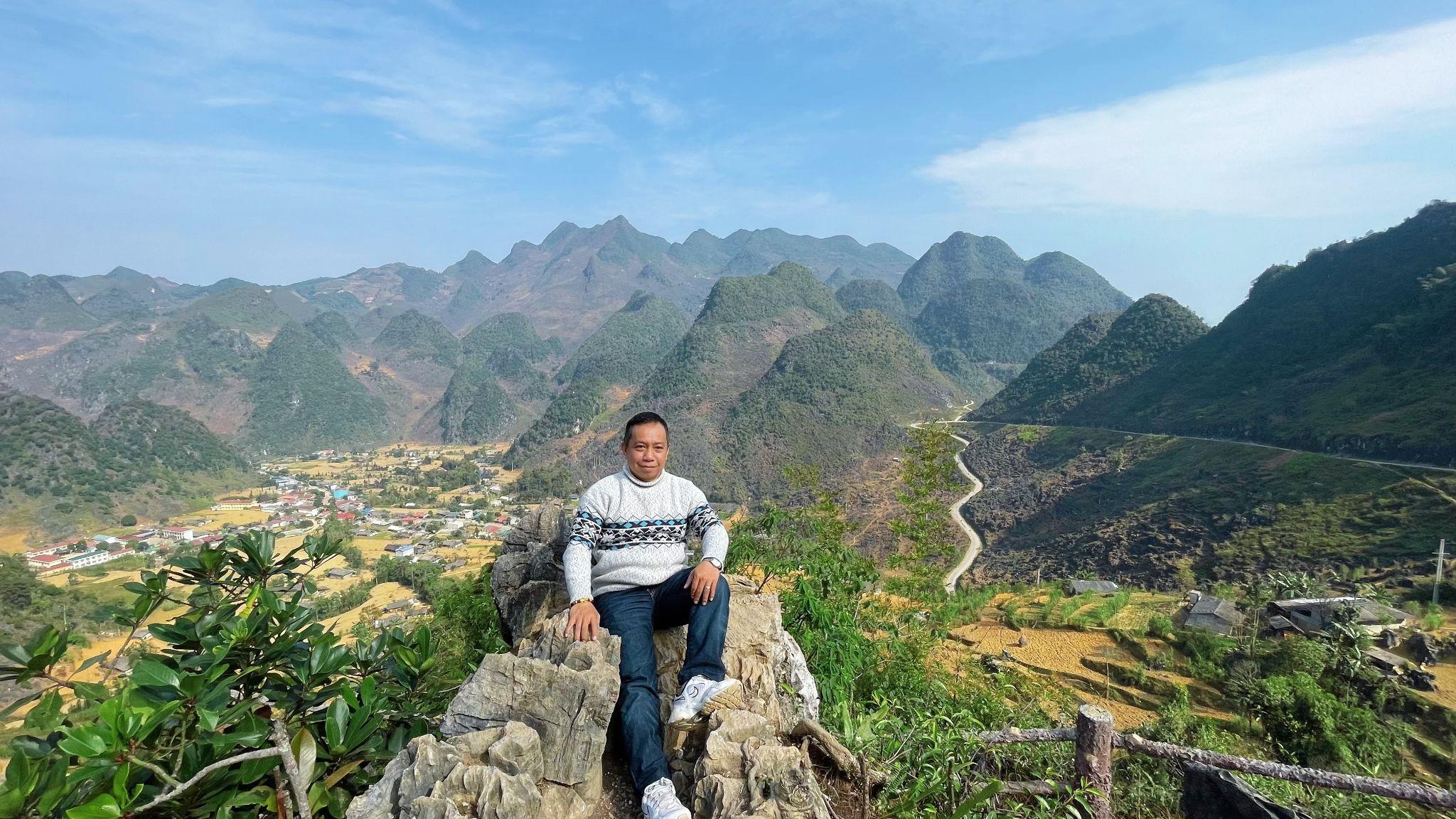
1.2 Sung Chu Da Relic Site
Just a short drive from Don Lung Ho Fort lies the Sung Chu Da Relic Site, a place where nature and history intertwine. This lesser-known but culturally significant site feels like stepping into a different world. Ancient stone markers and ceremonial grounds blend seamlessly with the surrounding landscape.
1.2.1 Cultural Importance and Stories
The Sung Chu Da site holds profound significance for the local H’mong people, serving as a traditional gathering place for ceremonies and community decisions for generations. According to local oral history, the area was once where tribal leaders gathered to discuss important matters and resolve conflicts between villages. The name “Sung Chu Da” roughly translates to “speaking stone” in the H’mong language, referring to the distinctive rock formations used during traditional gatherings.
Ancient stone arrangements, some bearing faded carvings, mark ritual spaces where seasonal festivals and coming-of-age ceremonies once took place. Local elders still recall stories of important historical events occurring at this site, including peace negotiations between different ethnic groups and celebrations marking successful harvests.
Today, while regular ceremonies have become less common, special occasions may still bring local communities to this sacred ground. Visiting with respect acknowledges the site’s continued importance to local cultural identity and offers insight into traditions that have shaped life in these mountains for centuries.
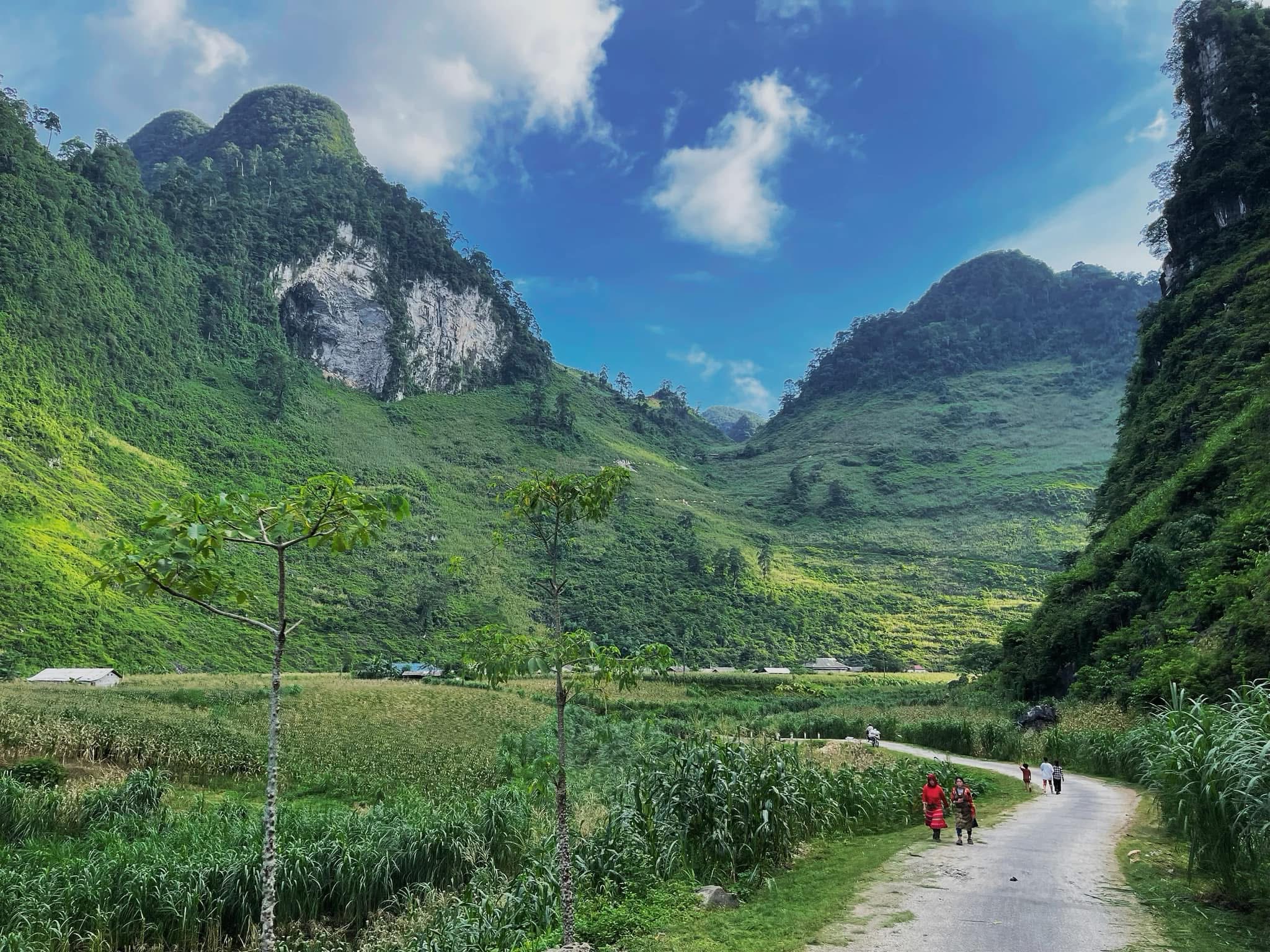
1.3 Duong Thuong Cave System
The limestone karst landscape of Duong Thuong conceals an extensive network of caves, some still relatively unexplored by outsiders. These natural wonders offer a cool retreat from the mountain sun and a glimpse into the geological forces that shaped this remarkable region. Venturing into these underground chambers feels like discovering a hidden world beneath the already spectacular surface scenery.
1.3.1 Noteworthy Caves
The most accessible and frequently visited cave in the area is Thien Huong (Heavenly Fragrance) Cave, named for the subtle floral scent that sometimes permeates its chambers after heavy rain. Its entrance, partially concealed by vegetation, opens into a spacious main chamber adorned with impressive stalactites and stalagmites. Natural light filters through small openings in the ceiling, creating ethereal beams that illuminate the colorful mineral deposits.
For more adventurous travelers, Bat Cave (Hang Doi) offers a more challenging but rewarding experience. As its name suggests, the cave houses a significant bat colony, making early evening visits particularly memorable as thousands of bats emerge for their nightly feeding. The deeper chambers contain unusual rock formations resembling animals and human figures, leading to various local legends about their origins.
Lung Khuy Cave, while technically outside Duong Thuong proper but accessible as a day trip, features some of the most spectacular limestone formations in the region. Its relatively recent development for tourism means well-maintained paths and lighting that highlight the dramatic underground landscape.
1.3.2 Cave Tours and Safety Advice
When exploring Duong Thuong’s caves, proper preparation ensures both safety and enjoyment. The most accessible caves can be visited independently, but local guides (available in nearby villages for 100,000-150,000 VND) provide valuable insights about geological features and associated folklore.
Essential equipment includes:
- A reliable flashlight or headlamp (plus spare batteries).
- Non-slip footwear with good grip.
- Water and light snacks.
- A small first aid kit.
For safety reasons, never venture into unfamiliar caves alone or during rainy season when flash flooding poses real dangers. Inform someone of your plans and expected return time. Photography enthusiasts should bring tripods for the challenging lighting conditions inside the caves.
Some caves may have religious significance to local communities. Always ask permission before entering caves near villages and respect any ceremonial items you might encounter inside.
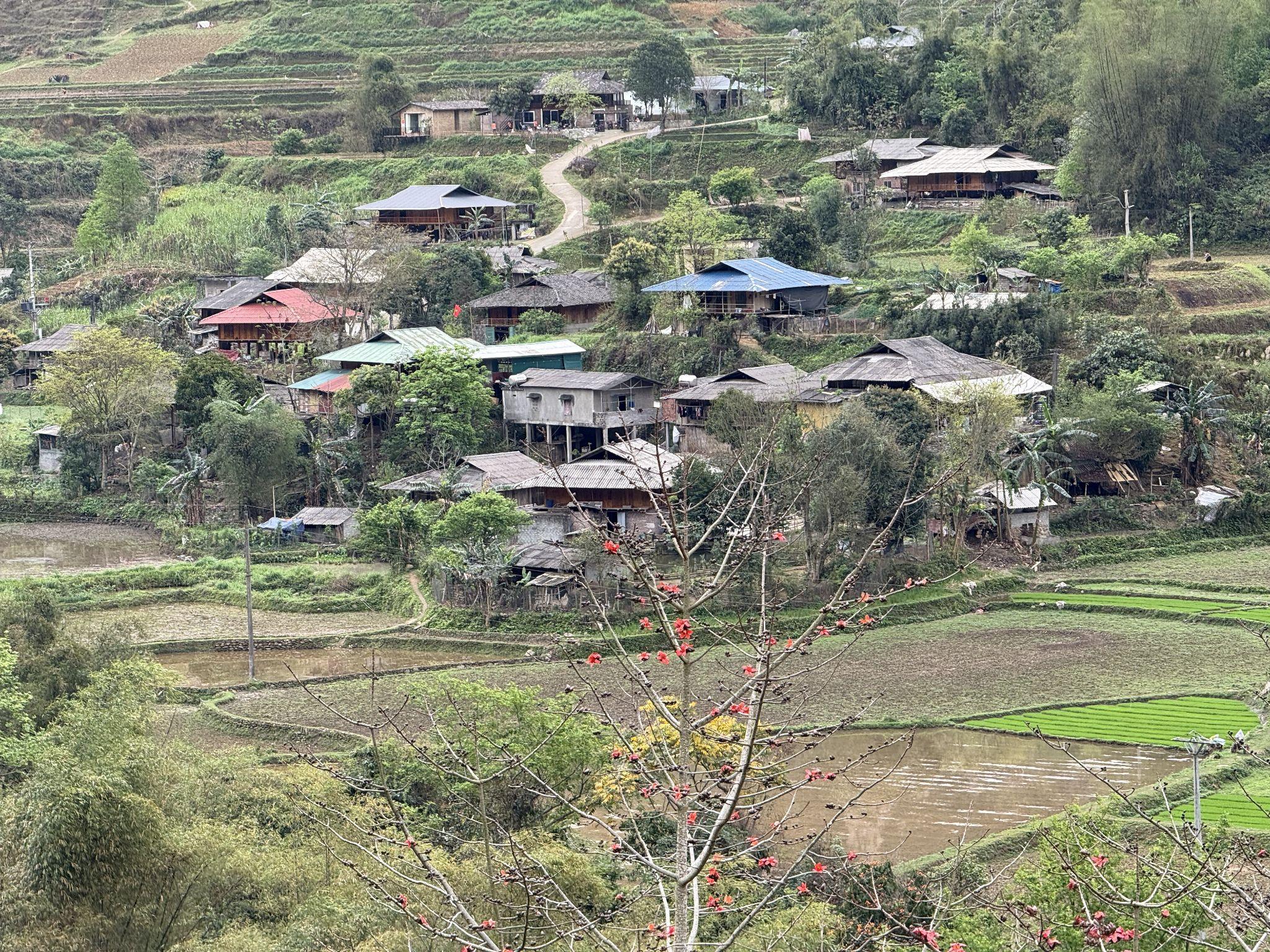
1.4 Du Gia Village and Waterfall
Perhaps the most photographed location in Duong Thuong, the Du Gia area combines idyllic village life with natural beauty in perfect harmony. The village sits nestled in a valley surrounded by terraced fields and forested slopes, while the nearby waterfall provides both visual drama and a refreshing swimming spot during warmer months.
1.4.1 Local Life and Nature
Du Gia village offers an authentic glimpse into the daily rhythms of highland life. Traditional wooden stilt houses, each with distinctive architectural elements reflecting their owners’ ethnic background, line the village paths. In the early morning, smoke rises gently from cooking fires as families prepare for the day ahead. Agricultural activities follow seasonal patterns – rice planting in spring, cultivation during summer, and harvesting in autumn.
The surrounding landscape showcases nature’s artistry throughout the year. Terraced rice fields change from reflective pools in planting season to vibrant green during growth and golden yellow at harvest. Wild flowers bloom along paths leading to the waterfall, particularly beautiful during spring and early summer months.
Du Gia waterfall itself cascades approximately 30 meters down a series of natural stone steps before collecting in a crystal-clear pool at its base. The surrounding rock formations create natural seating areas perfect for picnicking or simply enjoying the soothing sound of falling water. The pool’s depth varies seasonally but generally allows for safe swimming during summer months.
1.4.2 How to Visit
Du Gia is accessible by motorbike or car, though the final approach involves navigating smaller roads that can become challenging during rainy periods. Most visitors arrive as part of the Ha Giang Loop, either with their own transportation or on guided tours. The village lies approximately 16 kilometers from the main road connecting Meo Vac and Ha Giang.
For the most rewarding experience, consider an overnight stay at one of the village homestays. Prices typically range from 150,000-250,000 VND per person including dinner and breakfast. This allows for early morning exploration before day-trippers arrive and opportunities to connect with local families. Most homestays can arrange guided hikes to the waterfall (about 3km from the village center) and other nearby attractions.
The best visiting periods are March-May (spring greenery and moderate temperatures) or September-November (harvest season and clear skies). During these times, the waterfall flows steadily without the overwhelming volume that can make close approach dangerous during summer rains.

1.5 Duong Thuong Valley & Scenic Outlooks
The broad valley that gives Duong Thuong its name offers some of the most spectacular landscape views in all of Ha Giang Province. Surrounded by limestone karsts rising dramatically from the valley floor, this area captures the essence of northern Vietnam’s highland beauty. Several viewpoints along the roads provide perfect opportunities to appreciate the breathtaking scenery.
1.5.1 Photography Tips
Capturing Duong Thuong’s beauty requires some planning to maximize the changing light and atmospheric conditions. Early morning (5:30-7:30 am) brings misty conditions that create dreamlike scenes as fog weaves between karst formations and gradually reveals the valley below. This soft light is ideal for atmospheric landscape photography.
For dramatic lighting, late afternoon (4:00-6:00 pm) offers warm golden tones that accentuate the texture of limestone cliffs and create long shadows across the valley floor. The highest viewpoint, locally known as “Heaven’s Eye” (accessible via a short hike from the main road), provides a 270-degree panorama perfect for sunset photography.
When photographing local people, always ask permission first and be prepared to show them the resulting images. A small polarizing filter helps manage reflections and enhances the rich green tones of terraced fields, while a graduated neutral density filter balances the bright sky with darker valleys in wide landscape shots.
1.5.2 Best Seasons to Visit
Each season transforms Duong Thuong Valley in distinctive ways:
- Spring (February-April): Fresh green rice shoots create emerald terraces, while peach and plum blossoms add splashes of pink and white along mountain slopes. Morning mist is common, creating ethereal scenes.
- Summer (May-August): Lush vegetation covers every available surface, with deep green tones dominating the landscape. Afternoon thunderstorms create dramatic skies but can limit visibility.
- Autumn (September-November): Golden rice terraces create a warm palette across the valley, while clearer skies offer the best long-distance visibility. Temperatures remain comfortable for extended exploration.
- Winter (December-January): Cooler temperatures bring crisp, clear air perfect for long-range photography. While vegetation becomes more muted, the dramatic rock formations stand out more clearly against the winter sky.
For the perfect balance of good weather, beautiful landscapes, and cultural activities, October is arguably the ideal month to visit Duong Thuong Valley.

Ha Giang weather in October: climate, best time to visit & tips
1.6 Ethnic Culture & Village Life
The true heart of Duong Thuong lies in its vibrant ethnic communities, primarily H’mong, Dao, and Tay people who have called these mountains home for countless generations. Their distinct cultures, preserved through relative isolation, offer visitors authentic insights into traditions that have largely disappeared elsewhere.
1.6.1 Traditional Weaving
Textile production remains central to cultural identity in Duong Thuong, particularly among H’mong women. The entire process—from growing and harvesting hemp to spinning, weaving, dyeing, and embroidering—follows ancient techniques passed from mothers to daughters. The distinctive indigo-dyed fabrics with intricate batik patterns and colorful embroidery aren’t merely decorative but tell stories through symbolic motifs.
In several villages, particularly those closer to the valley floor, visitors can observe the weaving process firsthand. Patient artisans demonstrate how they create the geometric patterns that have become signature elements of H’mong textiles. Some families offer workshops where visitors can try basic techniques or purchase authentic textiles directly from their creators.
The Dao people of the region specialize in different textile techniques, including remarkable appliqué and cross-stitch embroidery on red background cloth. Their ceremonial clothing, featuring elaborate headdresses, represents months of painstaking work and symbolizes family heritage and status within the community.
1.6.2 Local Festivals and Cuisine
Duong Thuong’s calendar includes several significant festivals that provide fascinating glimpses into local spiritual beliefs and community bonds:
- Spring Planting Festival (February-March): Communities gather to perform rituals ensuring good harvests, followed by communal meals and traditional music performances.
- “Gau Tao” Festival (January-March): An important H’mong celebration combining ancestor worship with community gatherings, featuring distinctive reed pipe music and courtship rituals.
- Harvest Thanksgiving (October): Villages celebrate successful harvests with buffalo sacrifices, ritual offerings, and feasting that often continues for several days.
Local cuisine reflects both cultural heritage and adaptation to the challenging mountain environment. Memorable dishes include:
- Thang Co: A rich stew traditionally made with horse meat and herbs, often served at important gatherings.
- Men Men: Steamed corn flour with special texture, a staple in H’mong households.
- Black Chicken Soup: Prepared with medicinal mountain herbs for both flavor and health benefits.
- Smoked Pork: Preserved using techniques developed over centuries for food security in remote regions.
Sharing meals with local families provides not just culinary experiences but opportunities to connect across cultural differences through the universal language of food and hospitality.

2. Sample Itineraries with Duong Thuong
Integrating Duong Thuong into your Ha Giang exploration requires thoughtful planning to balance travel time with meaningful experiences. These sample itineraries offer practical frameworks adaptable to your interests and schedule.
2.1 3-Day Recommended Route
This condensed itinerary includes Duong Thuong’s highlights while maintaining a reasonable pace:
Day 1: Ha Giang City to Duong Thuong
- Morning: Depart Ha Giang City early, travel to Quan Ba for Heaven’s Gate viewpoint.
- Midday: Continue to Yen Minh for lunch and brief exploration.
- Afternoon: Arrive in Duong Thuong, visit Don Lung Ho Fort.
- Evening: Check into homestay, enjoy dinner with local family.
Day 2: Duong Thuong Exploration
- Morning: Visit Sung Chu Da Relic Site after breakfast.
- Midday: Explore Duong Thuong Valley viewpoints, picnic lunch.
- Afternoon: Trek to Du Gia Waterfall, swimming opportunity (weather permitting).
- Evening: Return to homestay for dinner, possible village cultural exchange.
Day 3: Duong Thuong to Ha Giang City
- Morning: Visit local market (if schedule aligns with market days).
- Midday: Explore Thien Huong Cave system with local guide.
- Afternoon: Begin return journey to Ha Giang City.
- Evening: Arrive Ha Giang City, overnight or connect to onward transportation.
This route provides a satisfying introduction to Duong Thuong’s diverse attractions while allowing flexibility for weather conditions or unexpected discoveries.

3 Days 2 Nights Ha Giang Loop tour package from Phieu Travel
2.2 4/5-Day Adventure with Cultural Focus
For travelers seeking deeper cultural immersion and more relaxed pacing:
Day 1: Ha Giang City to Quan Ba
- Morning: Depart Ha Giang City, visit ethnic villages en route.
- Afternoon: Explore Quan Ba Twin Mountains and Heaven’s Gate.
- Evening: Overnight in Quan Ba, traditional dinner.
Day 2: Quan Ba to Duong Thuong
- Morning: Leisurely journey toward Duong Thuong, stopping at viewpoints.
- Afternoon: Arrive Duong Thuong, orientation walk through main village.
- Evening: Homestay check-in, dinner with host family.
Day 3: Historical Duong Thuong
- Morning: Guided visit to Don Lung Ho Fort with historical context.
- Midday: Explore Sung Chu Da Relic Site.
- Afternoon: Free time for village walks or optional weaving demonstration.
- Evening: Traditional music performance (arranged through homestay).
Day 4: Natural Duong Thuong
- Morning: Full trek to Du Gia Village and Waterfall.
- Midday: Picnic lunch at waterfall.
- Afternoon: Optional cave exploration or continued village activities.
- Evening: Farewell dinner with homestay family.
Day 5: Return Journey
- Morning: Final photography at valley viewpoints.
- Midday: Begin return journey with stops at markets or additional villages.
- Evening: Return to Ha Giang City.
This extended itinerary allows for meaningful cultural exchanges, participation in seasonal activities, and a more comprehensive experience of Duong Thuong’s diverse attractions.

3. Visitor Tips for Duong Thuong
Ensuring a smooth, rewarding experience in Duong Thuong requires some practical knowledge about accessing the area, timing your visit optimally, and finding comfortable accommodation.
3.1 How to Get There
Duong Thuong is accessible primarily by road, typically as part of the larger Ha Giang Loop journey. No direct public transportation serves the area, so visitors must arrange private transportation or join organized tours.
From Ha Giang City, Duong Thuong lies approximately 90 kilometers northeast, requiring 3-4 hours of travel on mountain roads. The most common approaches include:
- Motorbike: The preferred method for most travelers, offering maximum flexibility. Rentals available in Ha Giang City (150,000-250,000 VND daily). Driving experience on mountain roads is strongly recommended.
- Private Car/Jeep: Comfortable but more expensive option (1,500,000-2,000,000 VND daily with driver). Allows access during adverse weather conditions when motorbikes become challenging.
- Guided Tours: Numerous operators offer packaged Ha Giang Loop tours including Duong Thuong. Phieu Travel provides both easy-rider (you ride passenger with experienced driver) and self-drive options with guide vehicles.
The road conditions vary seasonally. Most sections are paved but narrow, with occasional rough patches. During rainy season (June-August), landslides may temporarily block routes, requiring flexibility in travel plans.
3.2 Best Time to Visit
Duong Thuong’s climate follows highland patterns, with distinct seasonal characteristics affecting travel conditions and experiences:
- October-November (Optimal): Harvest season brings golden rice terraces, comfortable temperatures (15-25°C), minimal rainfall, and excellent visibility. Cultural activities increase during harvest period.
- March-May: Spring brings new growth, blooming flowers, and moderate temperatures. Rice planting creates reflective terraced fields. Occasional rain showers but rarely disruptive.
- December-February: Winter brings cooler temperatures (5-18°C), requiring warm clothing, especially at night. Clear skies offer excellent visibility, but some higher areas may experience frost.
- June-September: Summer rainy season presents challenges with frequent heavy rainfall, potential flooding, and reduced visibility. Road conditions deteriorate, making travel more difficult.
For photography, early morning fog (common year-round) creates magical landscapes but dissipates by mid-morning. Plan early starts to capture these atmospheric conditions. Major festivals worth timing your visit around include the H’mong New Year (December-January, varies by lunar calendar) and spring planting ceremonies (February-March).
3.3 Where to Stay
Accommodation options in Duong Thuong remain limited but authentic, focusing primarily on homestay experiences:
- Traditional Homestays: The most common and culturally rewarding option. Families offer simple rooms in traditional stilt houses (150,000-200,000 VND per person including dinner and breakfast). Expect shared bathrooms, basic amenities, but warm hospitality.
- Community Guesthouses: A few villages operate community-managed guesthouses with slightly improved facilities while maintaining authentic atmosphere. These typically offer private rooms with shared bathrooms (250,000-300,000 VND per night).
- Nearby Towns: For those preferring more comfort, staying in Yen Minh (40km away) offers basic hotels (300,000-500,000 VND) while still allowing day trips to Duong Thuong.
Recommended homestays include:
- Hung’s Homestay: Central location, English-speaking host, excellent meals using home-grown ingredients.
- Mai Family Homestay: Beautiful traditional architecture, weaving demonstrations available.
- Du Gia Homestay: Closest accommodation to the waterfall, spacious communal areas.
Advance booking is essential during high season (October-November) and recommended year-round. Most homestays accept cash only, so bring sufficient Vietnamese dong.
Duong Thuong offers a perfect balance of natural beauty, cultural immersion, and historical interest for travelers seeking authentic experiences in Ha Giang Province. Its relative obscurity compared to more famous Ha Giang destinations means encounters feel genuine and unhurried. From French colonial history at Don Lung Ho Fort to the mesmerizing Du Gia Waterfall and the warmth of local homestays, Duong Thuong rewards those who venture beyond the standard routes.
When planning your Ha Giang adventure, consider Phieu Travel’s customized itineraries that include these hidden gems while providing logistical support and cultural insights. Our local guides ensure meaningful connections with communities and access to experiences most independent travelers miss. Visit Phieutravel.com to discover how we can help you explore not just Duong Thuong but all the remarkable things to do in Duong Thuong, Ha Giang that make this region an unforgettable destination.
Read more:
- Quan Ba Heaven Gate Gateway to Ha Giang’s Mystical Highlands
- Bac Sum Pass: Gateway to Ha Giang Loop Adventure
- What to Pack for the Ha Giang Loop (Ultimate Packing Guide [curent_date format=Y])

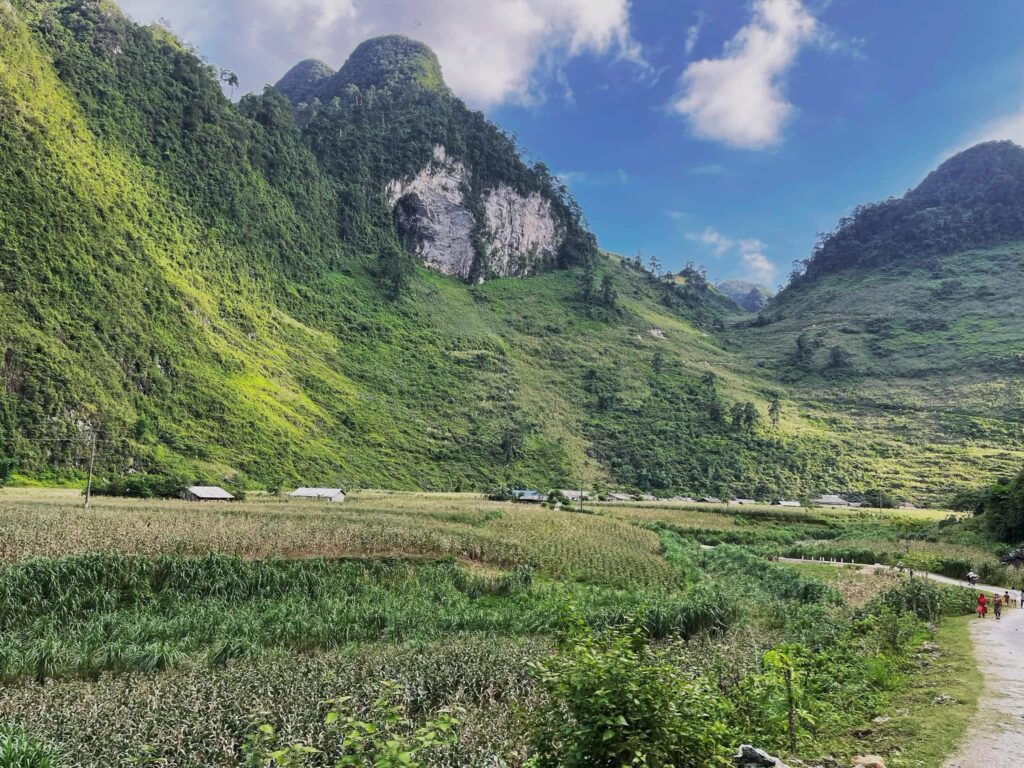
You Might Also Like
Ha Giang Weather in September: Complete Guide for Travelers
Exploring the magnificent Ha Giang Loop in September offers travelers a perfect balance of favorable[...]
Quan Ba Twin Mountains: Ha Giang’s Iconic Fairy Hills and Complete Travel Guide
The mystical Quan Ba Twin Mountains rise from the emerald valleys of Ha Giang like[...]
Vuong family mansion: the architectural marvel and cultural legacy of Ha Giang
Deep in Vietnam’s northern highlands, where mist-shrouded mountains meet terraced rice fields, stands a testament[...]
Ha Giang Loop Safety Tips: How to Ride Securely in Vietnam’s Northern Mountains
The Ha Giang Loop, with its winding mountain roads and breathtaking landscapes, offers one of[...]
The Ultimate Guide to the M-Shaped Curve on Ha Giang Loop
Vietnam’s remote northern province of Ha Giang hides a natural wonder that has captivated adventurous[...]
Most Beautiful Places to Visit in Vietnam: Essential Destinations and Insider Tips
Vietnam captivates travelers with its stunning landscapes, rich cultural heritage, and warm hospitality. From mist-shrouded[...]
Beyond the Beaten Path: Discovering Ha Giang Province in Northeast Vietnam
Ha Giang Province in Northeast Vietnam stands as one of the country’s last frontiers for[...]
Rainy season in Ha Giang: what to expect, when to go, and travel tips
Vietnam’s northern frontier reveals a different face during the rainy season, transforming Ha Giang’s limestone[...]